Matthew Rajfur
Advisor: Terri Fuglem
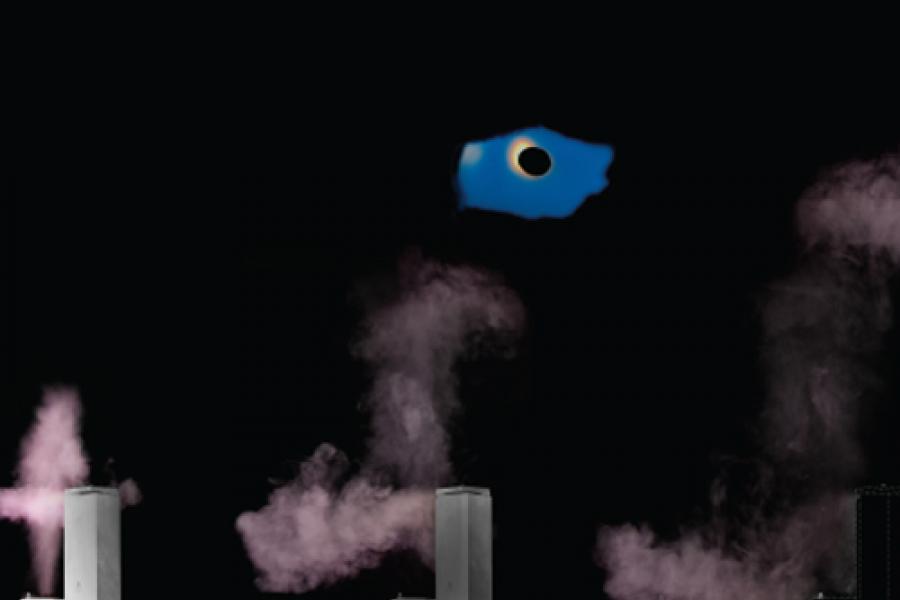
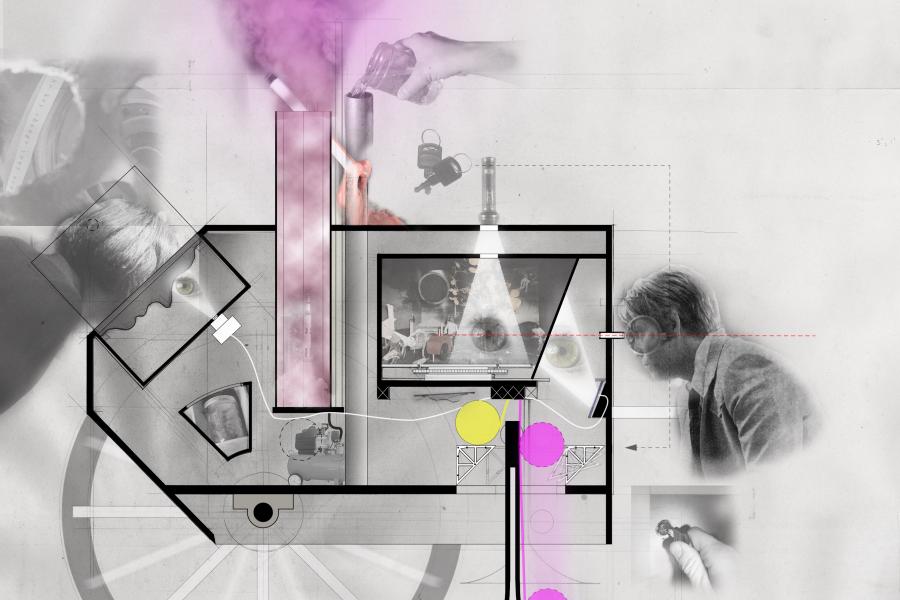
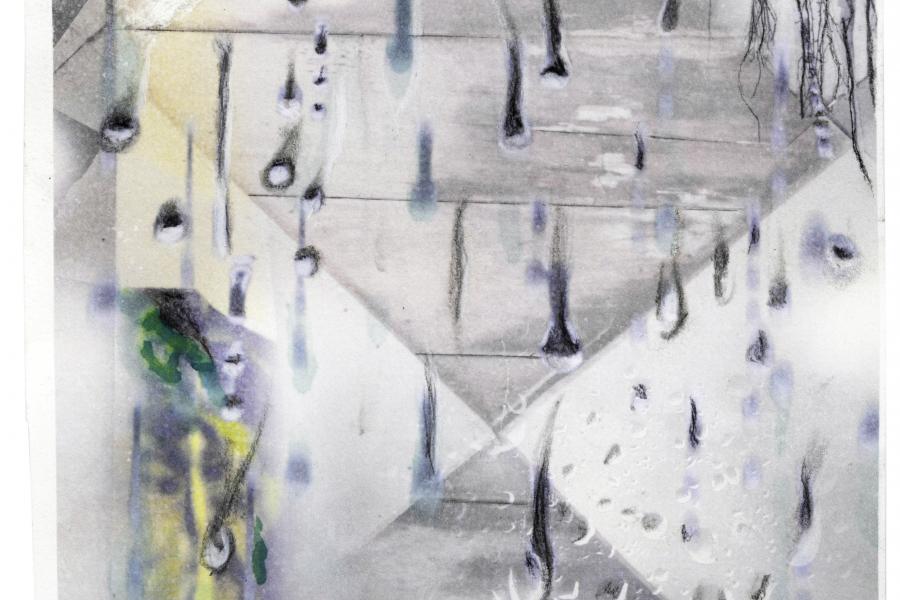
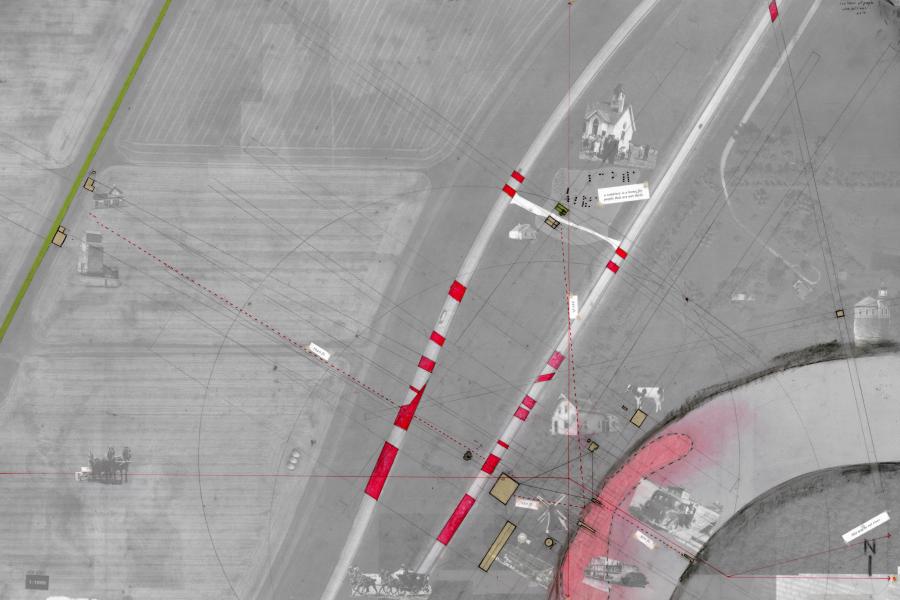
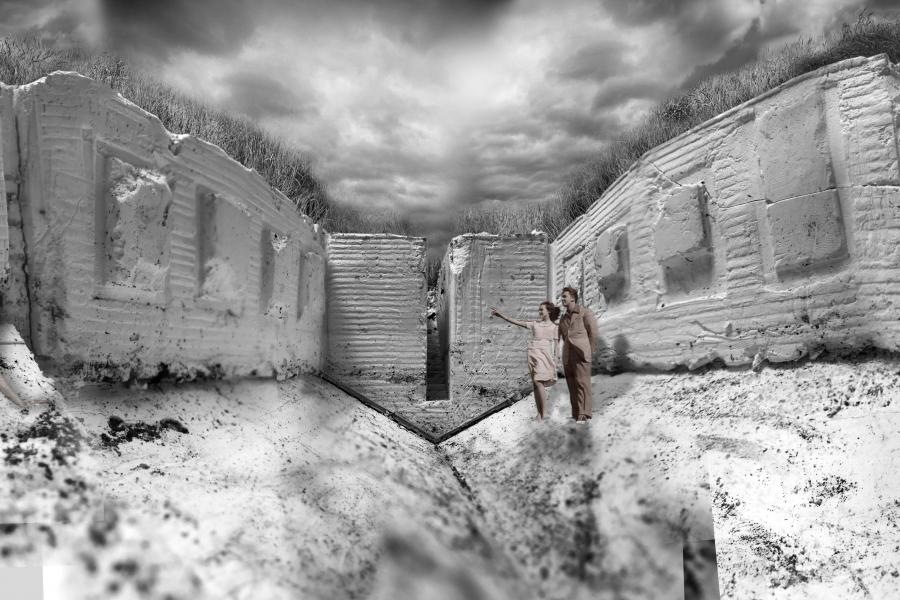
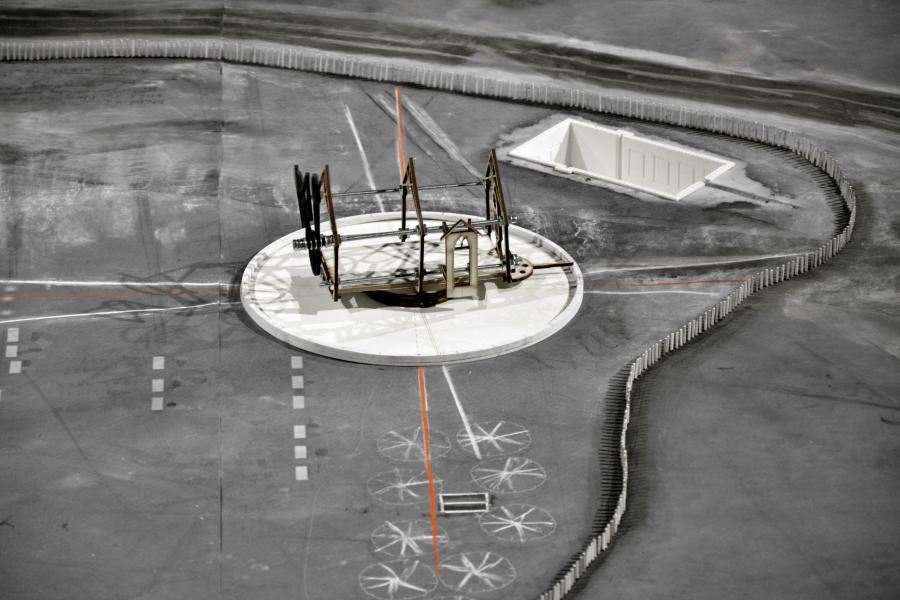
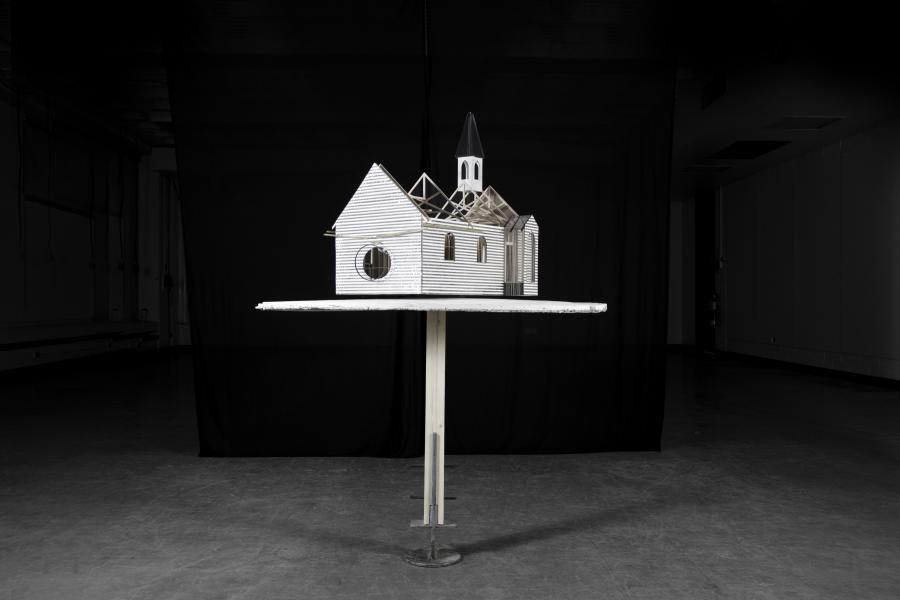
Straddling the Sacred and Profane:
Providing a Place for Magic
Magic is not the creation of something out of nothing; instead, it bubbles out of human consciousness and everyday situations. Magic is used to explain and understand the unexplainable or immaterial but in doing so, the experience of magical events transforms and influences both human consciousness and imagination. Facing the unexplainable forces human consciousness to dream the unimaginable. A magical event creates a moment where the impossible becomes possible, the banal becomes fantastical, and dreams become reality. This is a beautiful moment where humanity can suspend disbelief and revel in the unknown. This moment can be realized when a rabbit is pulled from a hat during a stage magic act, or in the ancient spells of a magician calling forth evil spirits to a magic circle.
In, Photography is Magic Charlotte Cotton writes, “the effect of magic is in part after the trick, held in the stories we tell ourselves once the experience is over. The audience turns magic into language and hence into meaning and narrative.”1 It is my belief that architecture can employ magic and provide spaces that lift the individual from the banal and into the magnificent. In addition, not only does the participant inhabit the physical space but magic, through an embedded narrative, inhabits the consciousness of the participant. This thesis will question in what forms can magic be engaged and employed by architects?
It is my belief that it can be dangerous when individuals or cultures do not make time to explore imaginative and unexplainable worlds. Magic continues to be a powerful force that, if used correctly, can change human culture and consciousness. Architecture, in both practice and education, influences and is influenced by human culture and consciousness. Architecture therefore has a responsibility to comprehend the importance of not only the magical act but the aftermath as well. The study and practice of architecture must question how objects of design, drawings, models, and building, can become vessels that hold magical weight in the same way that a communion chalice or magician’s hat does.
1 Charlotte Cotton, Photography Is Magic / Charlotte Cotton (First ed. 2015), 2.
